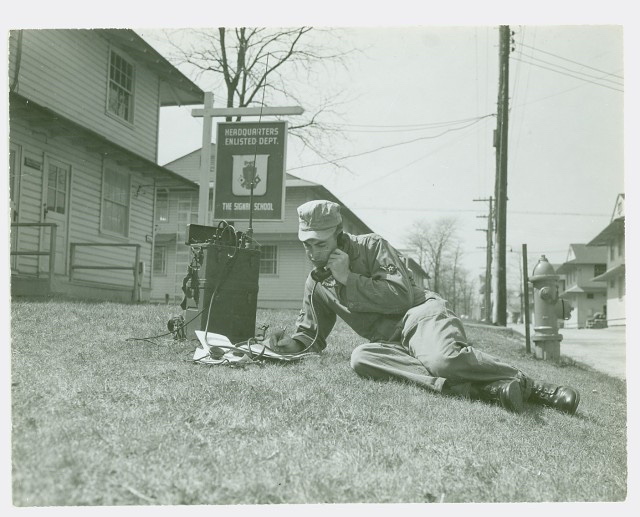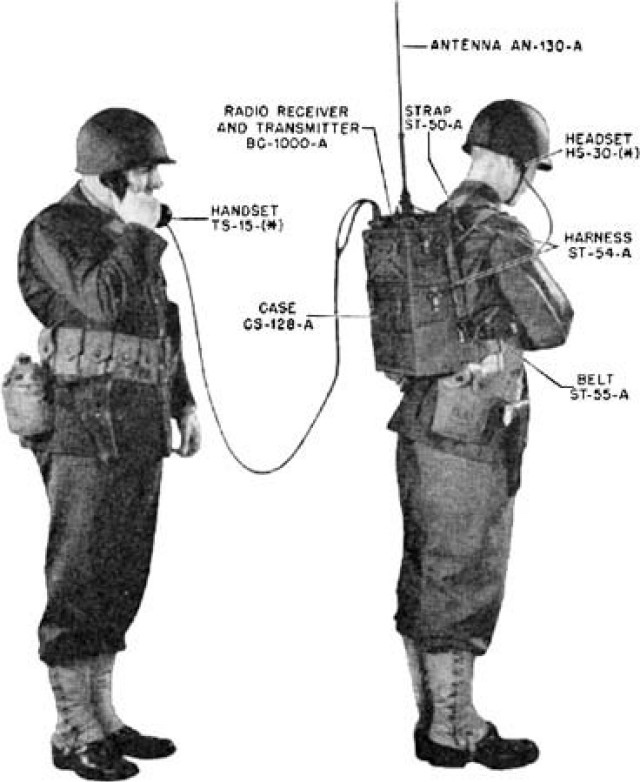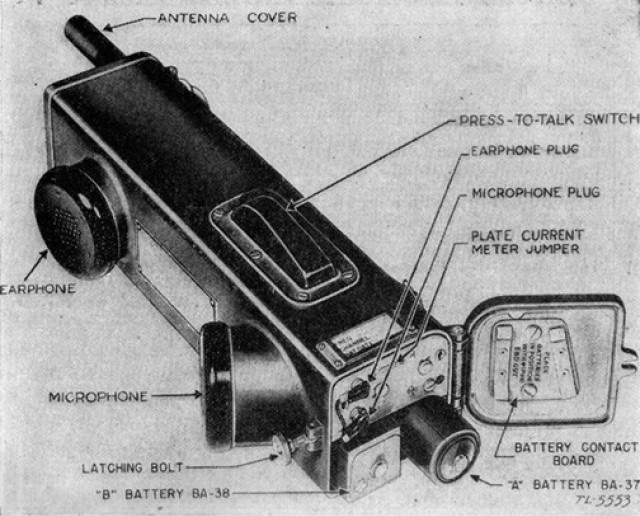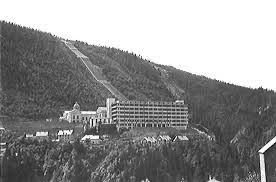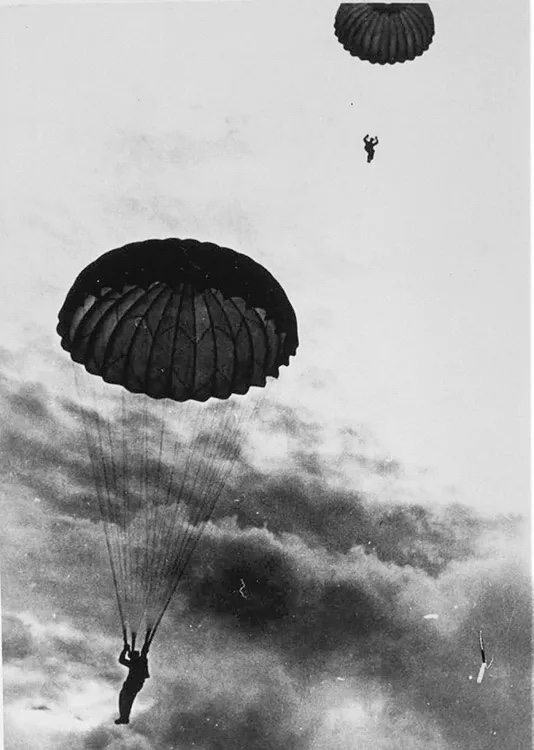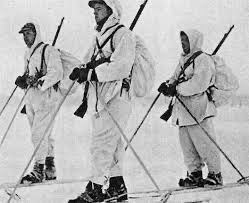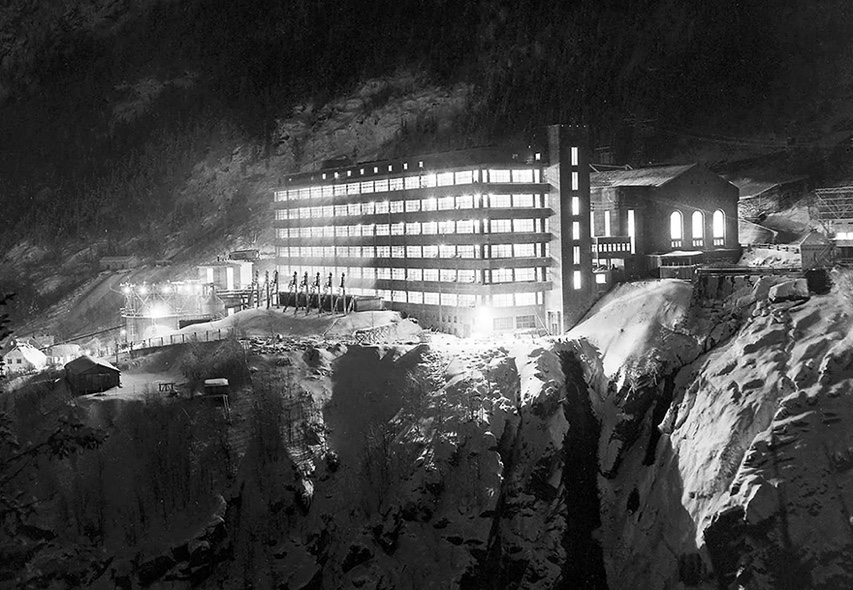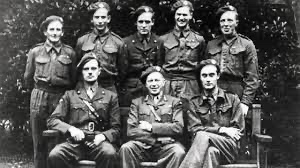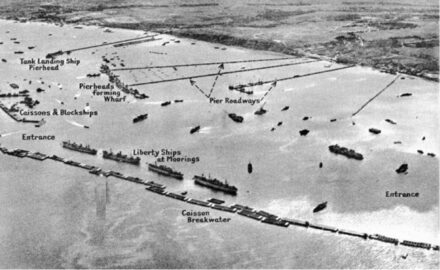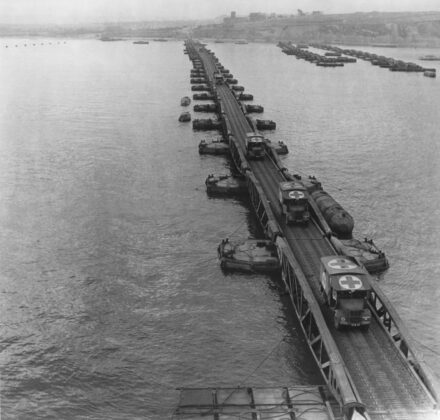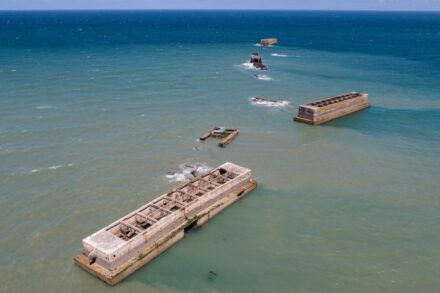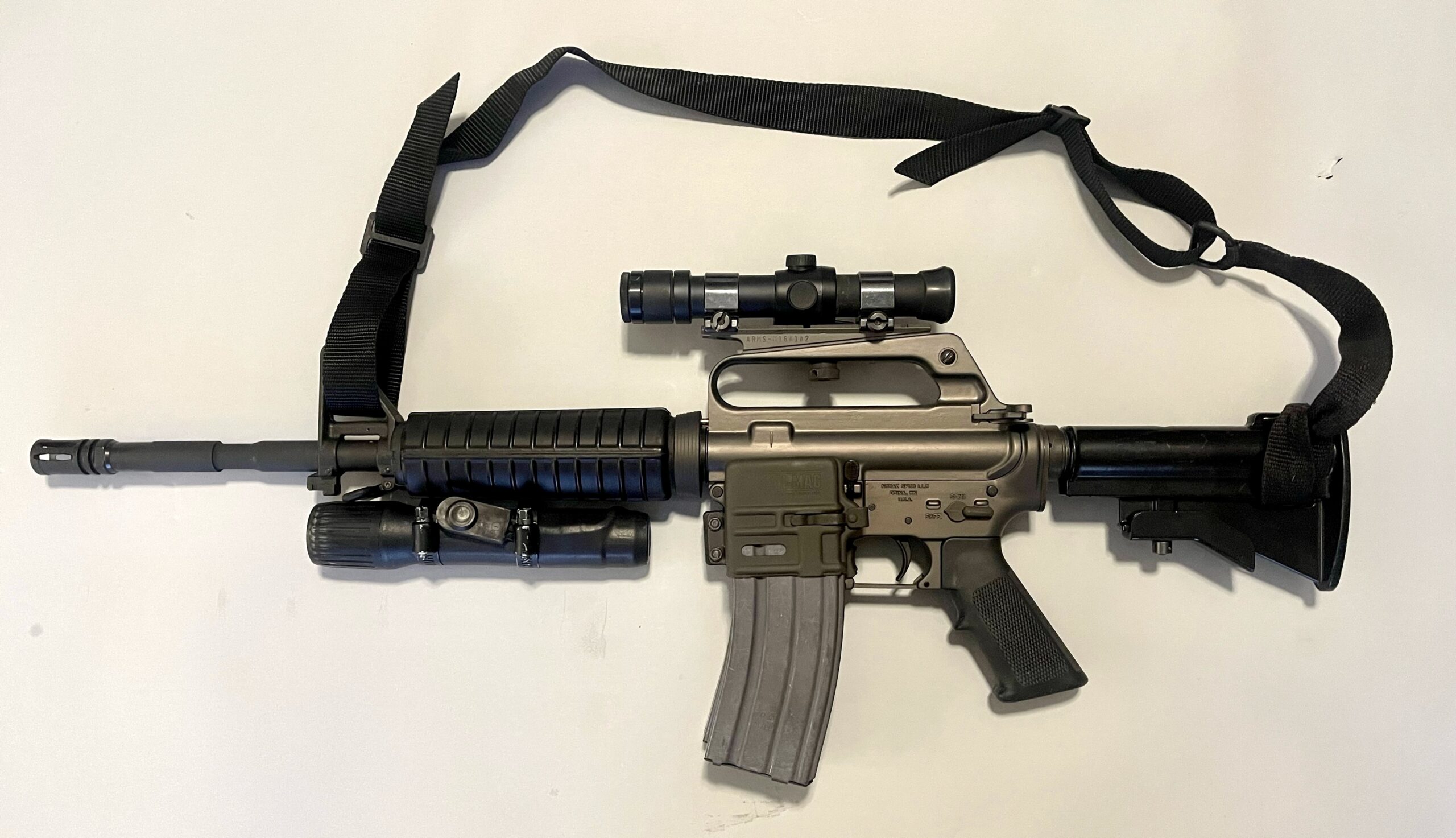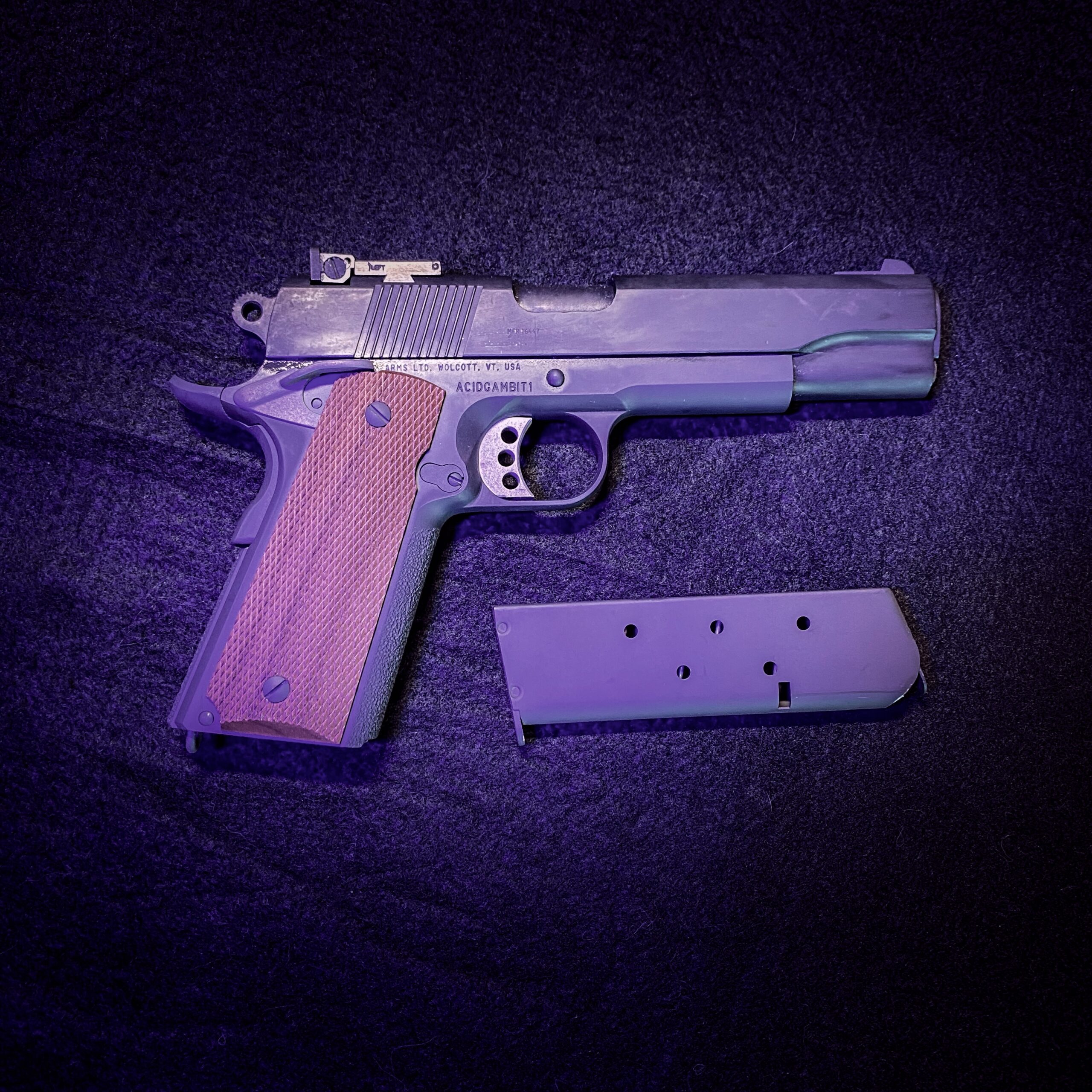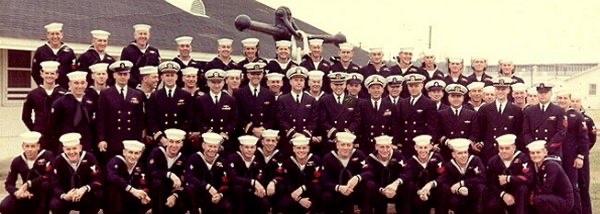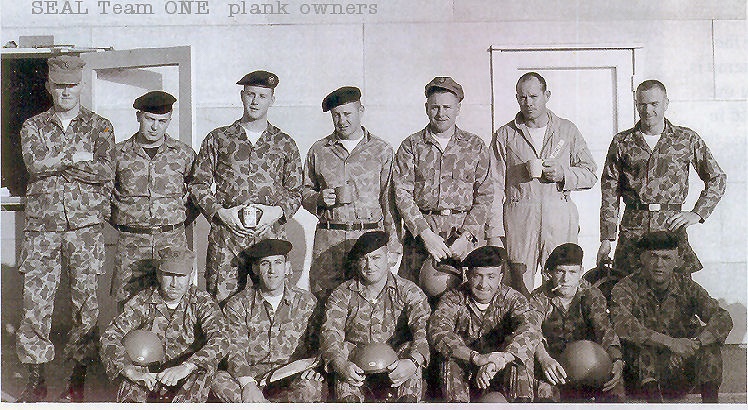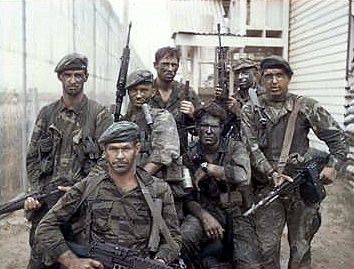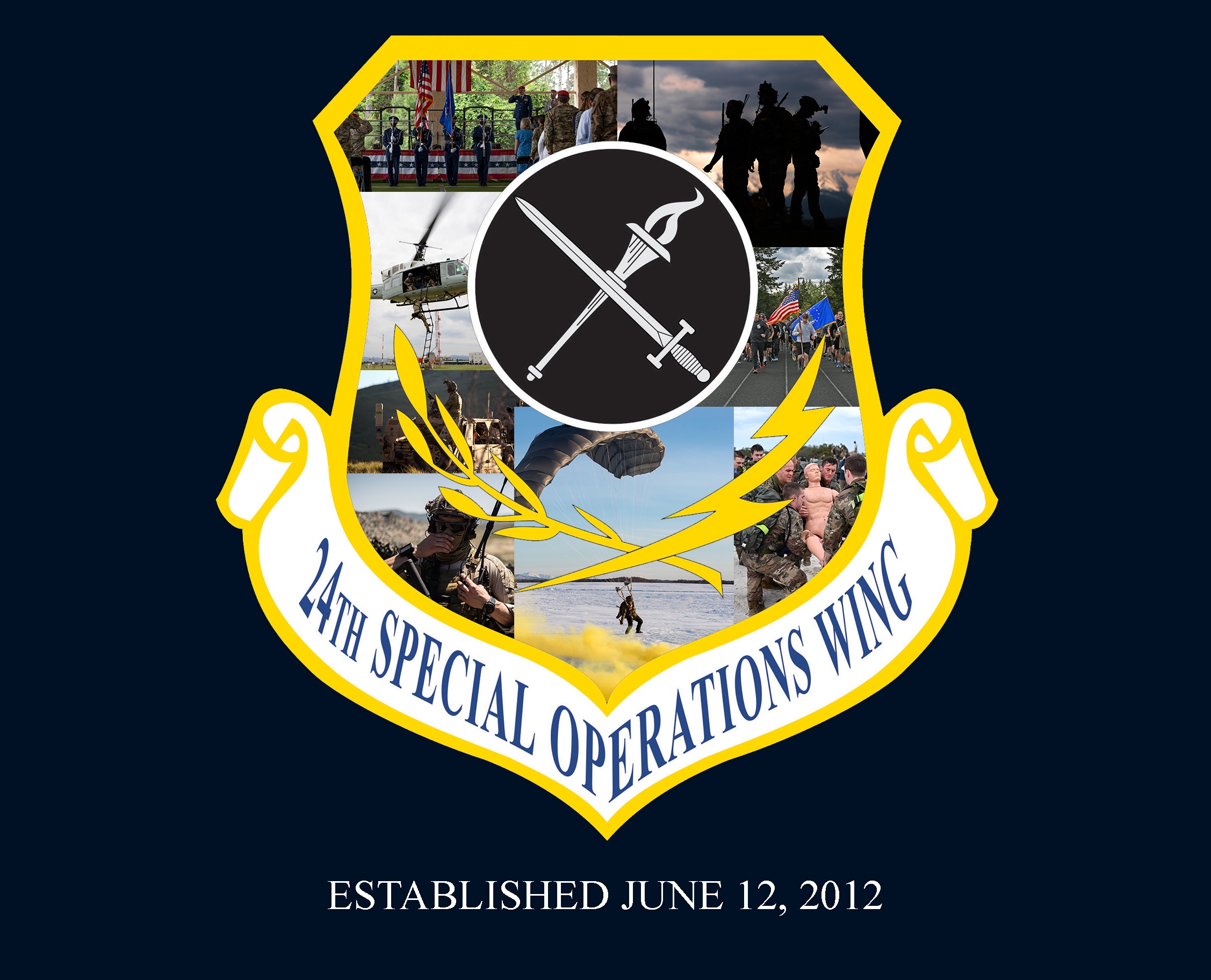
Hurlburt Field, Fla. —
12 June marked the 10th anniversary of the 24 SOW at Hurlburt Field. The “at Hurlburt” is key here as the wing’s lineage dates back to its original establishment as the US Army Air Forces 24th Composite Wing (Special) 19 November 1942 and activation on 25 December 1942. Upon activation at Camp Olympia, Reykjavik, the wing’s first mission involved the defense of Iceland during World War II through 15 June 1944. The wing’s original weapon systems included P-38, P-39 fighter aircraft (1942-43), and P-40 and P-47 fighter aircraft (1944-44).
Prior to activation at Hurlburt in 2012, the wing is best known for its many mission areas in the Caribbean and the Panama Canal Zone where it served many years as the host unit at both Howard and Albrook Air Force Bases. Between 1946 and 1948 the wing supervised large numbers of major and minor bases and Air Force units in the Caribbean area from Puerto Rico to British Guiana. Organized again in 1967 in the Canal Zone, the wing assumed operation and maintenance responsibilities for Howard and Albrook Air Force Bases (1967-1987 and 1989-1999) and special operations mission sets that included air transport, paramilitary operations, exercise participation, civic actions in Central and South America, search and rescue missions, humanitarian operations, mercy missions, aeromedical evacuation; as well as the support of Army Special Forces, U.S. military assistance units, and training of Latin American air forces. From activation in 1967 until mid-1972, the 24 Wing also operated the USAF Tropic Survival School at Albrook.
From 1992-1999, the wing operated as the senior USAF organization in Panama, replacing the previous command and division-level Air Force host units. In June 1992, it began operating the only C-21, CT-43, C-27, and special mission C-130s in Air Combat Command (ACC). The wing also provided mission command and support to multi-service units directed by United States Southern Command and United States Southern Air Force, 1992-1999. Mission areas included counternarcotics operations, aerial command and control, intra-theater airlift, security assistance, and the general defense of the Panama Canal. During 1999, the wing conducted base closures and unit inactivations in compliance with the Panama Canal Treaty of 1977 that stipulated all U.S. military forces would depart Panama by 31 December 1999.
With the 24 SOW’s activation at Hurlburt 10 years ago, AFSOC selected the “24” from the inactive scrolls of Air Force historical units because of its long history of and close association with nearly all special operations mission areas. From the mountaintops in Afghanistan to the depths of an infamous cave in Thailand, the 24 SOW conducted operations ranging from the fiercest types of combat to the purest forms of humanitarian assistance and disaster relief.
At activation, the 24 SOW kept its awesome lineage alive and, as importantly, it inherited the history of Air Force Special Tactics. After being activated at Hurlburt Field and assigned to Air Force Special Operations Command, the wing comprised of two Special Tactics groups, a training squadron, and operational squadrons with a mission to organize, train, and equip Special Warfare Airmen for rapid global employment to enable airpower success.
Since 2012, the 24 SOW has been an integral part of every major joint operation in Afghanistan, Iraq and Syria, Africa, Europe, and Pacific theaters of operation. Special Tactics, from its beginning, has provided global access capabilities inherent to no other unit in the Air Force or its sister services – capabilities absolutely essential to effective military operations. The 24 SOW also provides unique rapid deployment, precision strike, personnel recovery, special reconnaissance and battlefield surgery capabilities. Today the wing’s primary weapon system is not an aircraft weapon system typical in most Air Force wings. Today, and since 2012, the 24 SOW’s weapon system is the men and women who provide and sustain these capabilities for AFSOC and the Joint Force.
Since its activation 10 years ago, members of the wing and its predecessor unit, the 720th Special Tactics Group, have been recognized with our nation’s highest valor awards including the Medal of Honor, 12 Air Force Crosses, 57 Silver Stars, and hundreds of Bronze Stars. This level of individual recognition makes the 24 SOW the highest decorated community in the U.S. Air Force in the modern era. On this special anniversary of the 24 SOW at Hurlburt, the wing remains a forever reverent organization and honors its members who made the ultimate sacrifice in both training and combat. Perhaps the AFSOC commander Lt Gen James Slife stated it best, “Within AFSOC – and the Air Force writ-large – no group [has] paid a greater human toll and carried a heavier deployment burden of the last two decades than AFSOC’s Special Tactics Force.”
By Charlie Newell, 24 SOW Public Affairs



